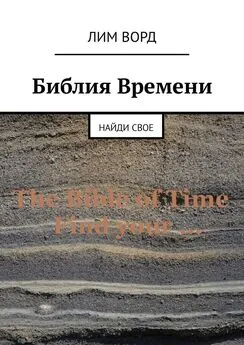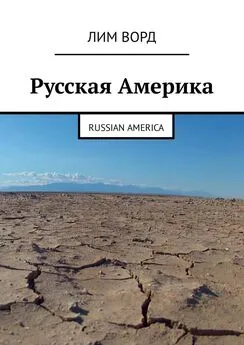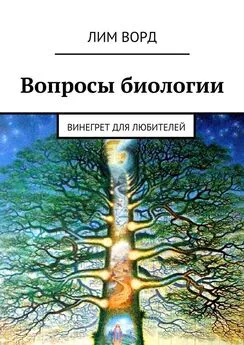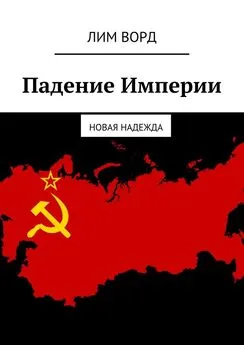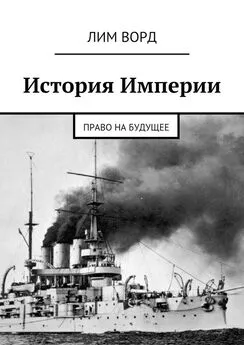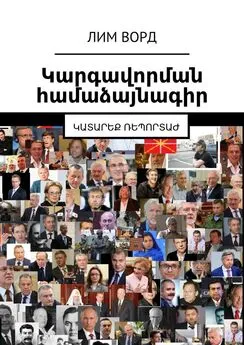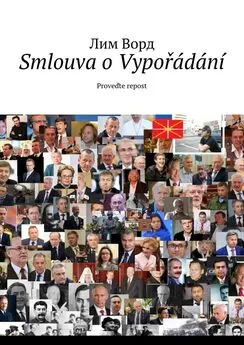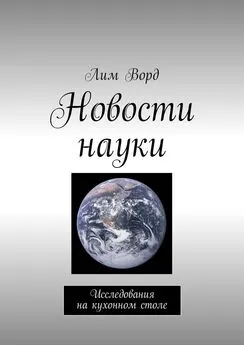Лим Ворд - Библия Времени. Найди свое
- Название:Библия Времени. Найди свое
- Автор:
- Жанр:
- Издательство:неизвестно
- Год:неизвестен
- ISBN:9785449318695
- Рейтинг:
- Избранное:Добавить в избранное
-
Отзывы:
-
Ваша оценка:
Лим Ворд - Библия Времени. Найди свое краткое содержание
Библия Времени. Найди свое - читать онлайн бесплатно ознакомительный отрывок
Интервал:
Закладка:
The upper rooms and the luminaries are designed to carry out female handicrafts, other works, storage of something, and also, probably, the dreams of unmarried girls, about something so vaguely good.
…The Second Militia is gathering in Nizhny Novgorod. Formation of his forces was initially based on the union of the representative of the nobility – the profound prince Pozharsky and the peasantry – the economic zemstvo headman Minin. From voluntary donations, a treasury is created, which is well, without delay, paid for the help of experienced service people. Near the walls of Moscow, the strength of the army reaches ten thousand men – about ten times less than the First Militia; at the same time, it is incomparably better organized and internally coordinated. In early September 1612, after the deposition of False Dmitriy III, he managed to repel the convoy with food for the besieged, to liberate most of Moscow and, in October, to occupy the city of China. Remains the Kremlin, in the walls of which the Poles and Russian boyar families are already everywhere engaged in cannibalism. Having placed his regiment at its walls, Pozharsky defends the boyars and one of two large Polish detachments. The second formation of the Polish-Lithuanian garrison falls into the camp of the Cossacks of Trubetskoy, and is completely exterminated by those. The troops of Minin and Pozharsky enter the Kremlin on November 6, 1612, a solemn moleben is held at the Place of Execution in honor of their victory. The new Polish army, which is halfway to Moscow, after news of these events reaches Sigismund and Vladislav, stops at Volokolamsk.
In January 1613, an all-meeting meeting was convened, including the peasants, the Zemsky Sobor, whose purpose was to elect a new tsar and dynasty. Among the contenders are Pozharsky, Trubetskoi, Swedish Karl Philip, Vladislav, and Ivan, the son of Maria Mnishek. The fate of this child is sad; in 1615 from Astrakhan he was sent to the capital, where he was executed together with the ataman Ivan Zarutskiy.
The election is won by the sixteen-year-old son of Patriarch Filaret, Mikhail F. Romanov. Patriarchs are not supposed to have a family and, in general, to live a sexual life, but Fyodor Nikitich Romanov and his wife Xenia Ivanovna did not always have a monastic order. They had to go to the monastery under Boris Godunov, who saw them as candidates for the throne, but by that time they already had a son, Mikhail. In 1611, Filaret becomes a «betrothed» patriarch in the Tushino camp, parallel to Moscow’s Hermogen, then taken out by the Poles to Poland, but finds ways to communicate with the Zemsky Sobor.
So, to Mikhail Fedorovich and his mother, Martha, who is hiding from the persecution of the Poles in the Ipatievsky Monastery (Kostroma), the embassy of the Zemsky Sobor from Moscow arrives from Moscow and informs the important news. A shy young man becomes the first king of the Romanov dynasty. He and his entourage are, in particular, to give an unpleasant instruction about the execution of a young son False Dmitry. This sacrifice seems to seal the entrance to new impostors, but remains a stain in the history of the Russian people – as long as, perhaps, historians prove that this never happened.
Three years later the Polish troops, together with the Zaporozhye Cossacks of the Orthodox nobleman Peter Konashevich (Sagaidachny), are trying to restore the rights of King Vladislav Vazu, they are storming Moscow, but unsuccessfully. Nevertheless, according to the so-called. Deulin world, concluded in 1618, Russia loses 26 cities, including the key Smolensk, Chernigov and Putivl – together with the population, except for the clergy and nobility, who are allowed to move to Russian lands. Vladislav still claims the Russian throne.
At the age of 20, Mikhail the First is going to marry, and, examining the bride’s structure, he chooses Maria Khlopova. But, the girl does not like his mother, according to her suggestion, doctors conclude that «Maria Khlopova to tsar’s joy is fragile.» Other healers come to a completely different conclusion, however, the final word is still for the nun Martha. After a while, with the assistance of his father, Patriarch Filaret, who had returned from the Polish captivity, Michael almost already marries Khlopova, but the mother’s influence again outweighs. In the end, the king enters into a marriage with Evdokia Streshneva, the confidante of one of the boyars who came to the bride’s eyes. Marriage is quite happy, except for the fact that, even under royal care, six out of ten children die before they reach adulthood (the usual statistics of that time).
In 1636, Michael declared war on Poland, his troops besieged Smolensk. However, incompetent governors lose initiative, they return to Moscow from 8000 people with an initial number of 32000. The status quo is preserved, the only plus is the King of Poland (otherwise – the Polish-Lithuanian Commonwealth, the association of the Grand Duchy of Lithuania and, indeed, Poland itself), Vladislav refuses, finally, claims to the Russian throne.
In 1645, the son of Mikhail, Alexei Mikhailovich (Tishaishy) became the king. In his reign there are: the formal reunification of Ukraine and Russia, the Copper and Salt riots and, especially, the church schism. The fault of the patriarch Nikon is that he could not carry out the reform of church rituals gently, with all the necessary explanatory work. His discord with the king is not due to concern for the people, but, solely, his own pride. The Church Council of 1666 supports the reform of Nikon, betrays the curse (anathema) of the Old Believers (therefore, casts doubt on the religiosity of their ancestors) and, whatever, condemns the rebellious patriarch for imprisonment in the monastery. Open resistance to such a godlessly introduced religious statute lasts at least until the capture of the Solovetsky Monastery by troops in 1676; 14 monks from 500 remain alive. In 1654, in connection with the annexation of the Hetmanate, or, more precisely, the troops of Zaporozhye (Zemsky Sobor of 1653, Pereyaslav Rada), another Russian-Polish war begins. The combined forces of Buturlin and Khmelnytsky achieve considerable success, they are already fighting in the territory of ethnic Poland and Lithuania; but the entry into the war of Sweden, which threatens both states, snatched Warsaw and Krakow from under Russia’s nose, forces the parties to the conflict to sign the Vilna truce. And, in addition, there is an interesting prospect of electing Tsar Alexei Mikhailovich (Tishaishim) to the throne of Poland.
Let us note, by the way, that Ukraine then, in colloquial speech, and in all official documents, is called exclusively Minor Russia, or the Hetmanate. The treaty between the Russian Tsar and Cossacks is compiled in the «Belarusian language». Moscow Russia at that time is often called the «White»: later this toponym is shifted to the West, and denotes current Belarus (Belarus).
From the oath of the Cossacks Zaporozhye Moscow Tsar:
«… The King of Tours is a Busurman; you all know how our brethren, the Orthodox Christians, Greeks suffer, and in what essence from godless oppression; Khrimsky Khan is also a busurman, whom we took in need and friendship, what unbearable misfortunes we took! What captivity, what merciless shedding of Christian blood from the Polish Panos of oppression, does not need to tell anyone; you yourself all know that the Jew and the dog are better than the Christian, our brother, they revered. And the Orthodox Christian Grand Sovereign, the King of the East, is with us the one pious Greek law, one confession, one and all the body of the church by the Orthodoxy of Great Russia, the head of the property of Jesus Christ.»
In 1658, the war continues, but now without the deceased Bogdan Khmelnitsky.
His former secretary, Ivan Vygovsky, who himself became the «hetman of the Grand Duchy of Russia,» conducts mass reprisals among dissatisfied Cossacks by his rule, concludes with the Polish-Lithuanian Common Land a separate treaty under which the Hetmanate becomes a federal unit of Poland; makes other decisions that divide Ukraine into the Right Bank (western) and left-bank (eastern). In the same year, Vygovsky brutally punished Poltava, rebelling against him (the uprising of Barabash and Pushkar, the influential Cossack elders, who inquired as to where the royal money allocated for the maintenance of the Zaporozhye army was).
In 1659, Vygovsky succeeded in attracting the Crimean Khan Mehmed Giray of the Fourth with a 30-thousand-strong army to his side; together they defeat the elite Russian detachment of Alexei Trubetskoy, besieging the city of Konotop. Loss of about seven to seven thousand. Nevertheless, in Ukraine, against Vygovsky, new uprisings are breaking out. The next hetman is the 18-year-old son of Bogdan Khmelnitsky, Yury, who has reached his legal age, who formally left Vygovsky’s care. He is by no means the continuer of the cause of the famous father, speaking, in general, against the unification of states. However, in fact, the offspring of Khmelnytsky is a protege of the Poles, then of the Ottomans, and does not pursue an independent policy.
Realizing that the hetman was not for him, he cuts himself into monks… gets to the Tatars, then the Turks… who, in the end, are executed.
In the autumn of 1663 the Polish army (plus the Crimean Tatars and detachments of the Principality of Lithuania), led by King Jan Kazimir, is making the last major operation. With heavy fighting, it takes a half dozen cities, bypassing the fortress with numerous Russian garrisons (Kiev, Pereyaslav, Chernigov). Russian commanders are awakened by a sensible initiative, competently guiding troops, they are making deceptive maneuvers, blocking enemy units, making deep raids along their rear lines. On the side of Russia, at the moment, many talented Little Russian commanders, such as Ivan Serko (author of the «letter to the Turkish sultan»), who, according to contemporaries, have remarkable paranormal abilities. There are also foreign officers in the Russian army – after the relatively recent Thirty Years’ War, the market for professional mercenaries in Europe is simply overcrowded. The Polish-Lithuanian army retreats, suffering hunger and deprivation, losing three quarters of its original composition. In 1666, right-bank hetman Peter Doroshenko raises a rebellion against Poland, already quite openly declaring himself a vassal of the Turkish sultan. To help his 15 thousand Cossacks come 20—30 thousand Crimean Tatars. The turmoil lasts five years, after all, Poland regains the status quo, but it exhausts forces completely. January 30, 1667 between Russia, without the participation of Cossacks, and Poland signed the Andrusov Truce. The Commonwealth recognizes the accession of the Left-bank Ukraine, Smolensk, the Chernihiv Province, a number of small towns, preserves the Right-Bank Ukraine and Byelorussia. To retain some large territorial acquisitions Russia is not yet able, and the king understands this.

1
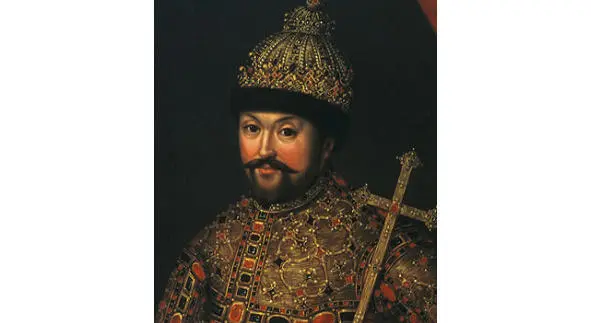
2
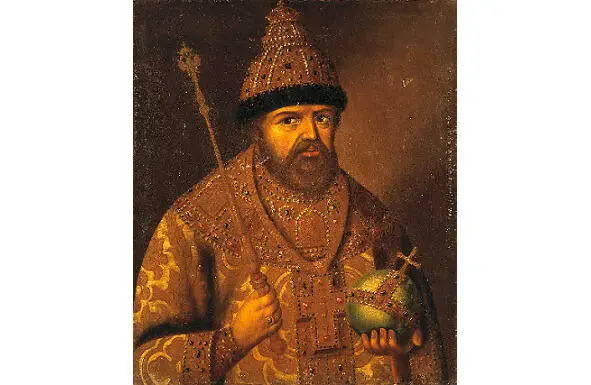
3
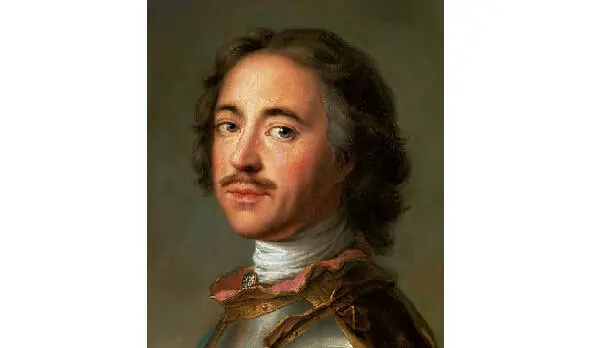
4

5
Читать дальшеИнтервал:
Закладка:
